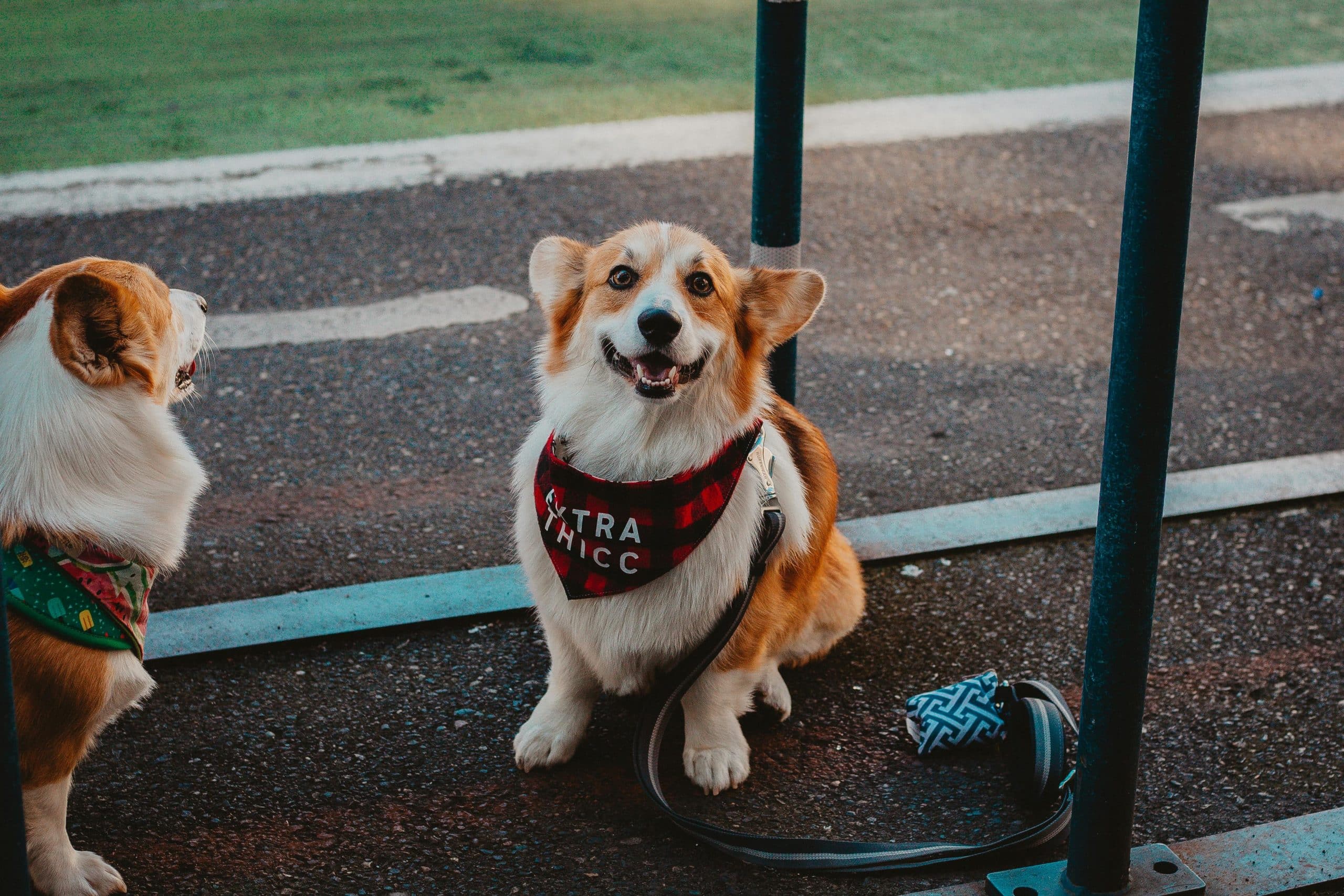How Can You Train a Dog to Cooperate During Nail Clipping Without Restraint?

Grooming is an essential part of caring for our beloved pooches. But it isn’t always a walk in the park, especially when it comes to nail trimming. Some dogs are very resistant to having their nails trimmed, leading to a stressful ordeal for both you and your pet. It doesn’t have to be that way though. With the right steps and training, your dog can learn to cooperate during nail clipping without needing to be restrained.
Conditioning Your Dog to Accept Nail Trimming
Before you even think about picking up the clippers, it’s vital to condition your dog to be comfortable with their paws being handled. This is one of the most common issues dog owners face when it comes to nail trimming, as most dogs are very protective of their paws.
Sujet a lire : What’s the Optimal Sunlight Exposure for a Leopard Gecko’s Health?
Begin by simply touching their paws during a calm moment, perhaps during a cuddle session or while they’re sleepy. This should be a positive experience for them, so pair it with rewards like treats, praise, or petting.
Gradually increase the time you spend touching their paws, and introduce gentle squeezing of their toes, mimicking the pressure that will be applied during nail trimming. It’s crucial to monitor your dog’s reaction during this process. If they show signs of discomfort or stress, take a step back and slow down the process.
A lire également : What’s the Best Approach for Treating a Fish Tank with Ich Without Harming Invertebrates?
Choosing the Right Clippers and Getting Your Dog Used to Them
There are several types of nail clippers available for dogs, from guillotine-style clippers to grinders. It’s essential to choose the best tool that you are comfortable using and is suitable for your dog’s size and nail condition.
Once you’ve selected the right clippers, it’s time to introduce them to your dog. Allow them to sniff and inspect the tool, and reward their curiosity with treats. You can also simulate the clipping process by holding the clippers near their paw (without actually trimming) and providing a treat after.
In doing so, your dog will start associating the presence of the clippers with positive experiences, making the real trimming process less stressful for them.
Step By Step Introduction to Nail Trimming
After your dog has become used to their paws being handled and the presence of the clippers, you can gradually begin the nail trimming process.
Start with just one nail. During a calm moment, hold your dog’s paw firmly but gently, position the clippers on one nail, and trim. Immediately after, reward your dog with a treat and plenty of praise.
It’s important to remember that you should never trim too much off at once, as you may accidentally cut into the quick of the nail, which can be painful and cause bleeding.
Maintaining a Positive Experience
As you continue to trim your dog’s nails over time, it’s crucial to maintain a positive experience. Always offer treats and praise, and never rush the process. If your dog becomes stressed or anxious, take a break.
Some dogs may take longer to become comfortable with nail trimming, and that’s okay. Be patient and keep the experience positive, and your dog will eventually learn to cooperate.
Alternatives and Additional Tips
If despite your best efforts, your dog is still resistant to nail trimming, there are alternatives that can help keep their nails in good condition. These include nail grinding, which can be less stressful for some dogs, and encouraging activities that naturally wear down their nails, such as walking on concrete or playing with certain types of dog toys.
Regularly handling your dog’s paws outside of trimming time can also help them become more comfortable with the process. Consider incorporating paw handling into your daily petting or cuddle sessions.
Remember that every dog is different, and what works for one may not work for another. The most important thing is that your dog is comfortable and safe during nail trimming. With patience, positive reinforcement, and a bit of persistence, you can help your dog learn to cooperate during this necessary grooming task.
Nail Clipping Training Methods
Training your dog to accept nail trimming takes time and patience. The key is to use positive reinforcement to create a strong association between nail trimming and rewards. This method, known as counter conditioning, can be very effective in changing a dog’s behavior.
Initially, you should associate touching your dog’s paw with a reward. This can be a small treat, belly rub, or a toy, depending on what your dog enjoys. Once your dog seems comfortable with paw touching, introduce the nail clippers in the same way.
Let your dog inspect the clippers and give them a reward. Then touch their paw with the clippers and give them another reward. Repeat this process several times until your dog seems comfortable with the clippers.
Next, start clipping just one nail at a time. This is where the process can become a bit tricky. Some dogs may become anxious, so it’s crucial to take things slow and maintain a relaxed, positive environment.
Trim one nail, then reward your dog. If your dog seems comfortable, trim another nail and reward them again. If they seem anxious or scared, it’s best to stop and try again another time.
The key is to make this experience as enjoyable as possible for your dog. Over time, they will start associating nail trimming with the rewards, making it a less stressful experience for both of you.
How to Ensure a Positive Nail Trimming Experience
Creating a positive nail trimming experience for your dog is paramount. As such, picking an ideal location such as a quiet, well-lit spot in your living room can make your dog feel more comfortable.
One of the biggest mistakes dog owners make is trying to rush the process. Be patient and take your time. If your dog seems stressed or uncomfortable, give them a break.
It is also important to have the right tools, and knowing how to use them correctly. Using dull or inappropriate nail clippers can cause pain and make the experience more stressful for your dog.
Remember that a dog’s nails should never be cut too short. There’s a vein called the quick inside each nail that can bleed if cut. Make sure you know where the quick is before you start trimming.
Conclusion
Training your dog to cooperate during nail clipping without restraint can be a challenge, but it’s certainly achievable with patience, consistency, and a lot of positive reinforcement.
Always remember to take it slow and keep the experience as positive as possible. Use rewards to create a strong association between nail trims and good things, and never force your dog to undergo nail trimming if they’re visibly stressed or anxious.
If you’re unsure or uncomfortable doing it yourself, consider seeking help from a professional groomer or your vet. They can show you the proper technique and give you tips on how to make the process easier for your dog.
In the end, nail trimming is an essential part of dog care, just like feeding, grooming, and walking. With time, practice, and love, your dog will become more cooperative, making nail clipping a stress-free routine for both of you.
